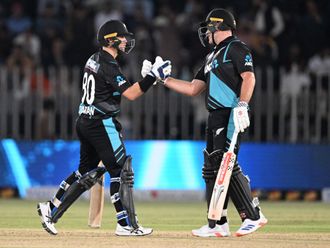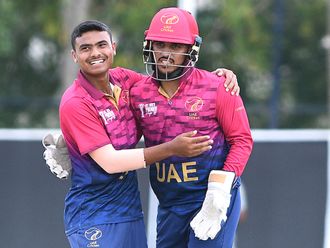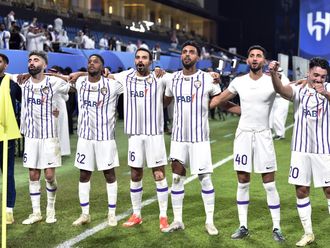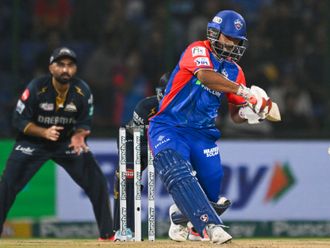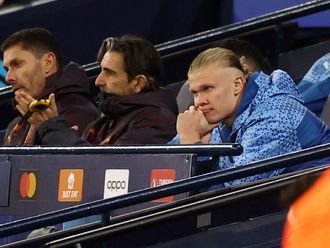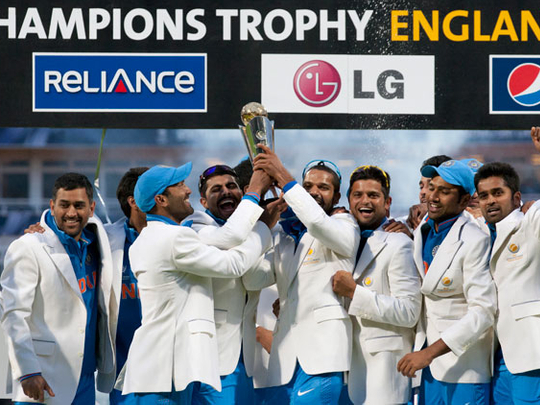
It may be a happy coincidence but one cannot help but notice that some of India’s most glorious moments in one-day cricket have come on English soil.
First, there was the World Cup triumph in 1983 at the Lord’s, then came the NatWest Trophy final in 2002 when they chased down a target of 326 against England and now — the Champions Trophy.
There are riveting images of these landmarks that stay with you — Kapil Dev and Mohinder Amarnath making a dash for the pavilion after the last West Indian wicket fell to avoid being mobbed by Indian fans or a bare-bodied Indian captain Sourav Ganguly twirling his shirt at the famous Lord’s balcony. In contrast, the Indian players looked plain relieved on Sunday night and reached out for the stumps as souvenirs after a final that could have gone either way.
Surely, it’s not befitting to be judged on the basis of a 20-over contest in the final of what was once branded as the Mini World Cup, but then it was the only option left before the International Cricket Council (ICC) to not rob the paying spectators of some action in the absence of a reserve day. A decision, which will surely come in for severe criticism for it would have been grossly unfair if the teams had to ultimately ‘share’ the trophy just because a T-20 series between England and New Zealand had already been pencilled in barely with a day’s gap.
Coming back to India’s performance in the tournament, there could be several ramifications of what had been their most consistent and authoritative performance in a series abroad in recent memory. While some could see it as a redemption of sorts after the muck Indian cricket found itself in after the spot-fixing scandal, it has also given the selectors the roadmap to follow for the next World Cup, which is less than two years away.
What has, of course, amazed me is the way the Indian team had responded to the conditions in England and thrived in it — something which had been a bugbear for them during their disastrous tour of 2011. The wickets had been an unexpected ally, though, with no trace of grass to aid seam movement and noticeably drier, which came in handy for the likes of Ravichandran Ashwin or Ravinder Jadeja.
However, that would be only a part of the story in comparison to the pluses that the Men in Blue accrued in five straight wins on their way to the title. If the positive approach of the makeshift opening pair of Shikhar Dhawan and Rohit Sharma set the tone, it was supplemented by the confidence levels of the middle-order batsmen and the pace bowling department — where the return of Umesh Yadav has really given it a cutting edge.
And then, there was Mahendra Singh Dhoni. I don’t think there will be too many critics now daring to rake up his ‘conflict of interest’ business when the team returns home.



